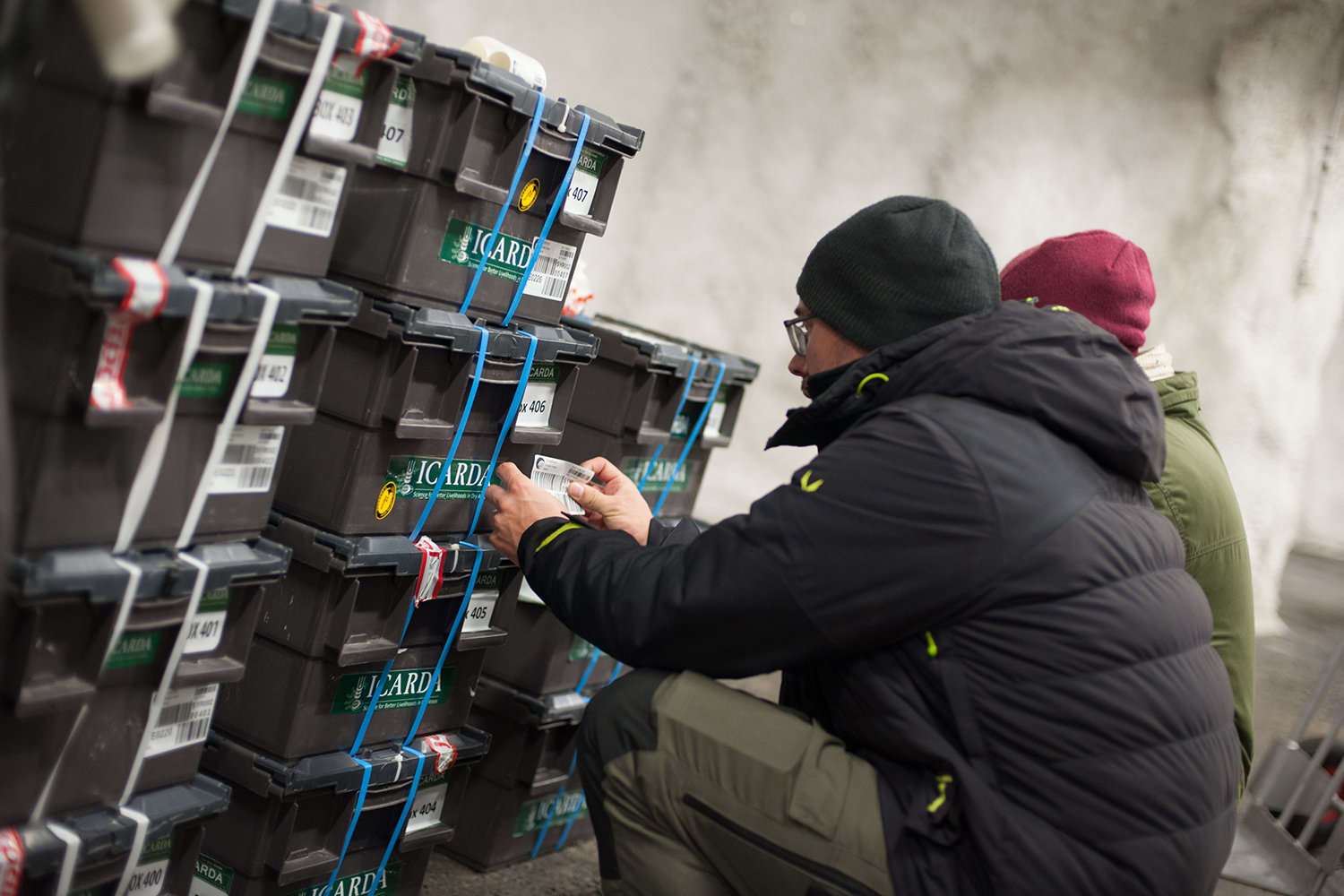

“You can’t help thinking that the last person to touch the bottle was Professor Beal. He described the 2000 dig in an interview on view at the Broad exhibit. “You’re down there on your knees, brushing the topsoil off the tops of the bottles and selecting a bottle and removing it,” Telewski said. The only person alive who has touched the bottles of seeds William Beal buried in 1879 is Frank Telewski, a plant biologist and curator of Beal Botanical Gardens. Blending science and art, the images and objects in the exhibit unlock the vast potential of humble seeds, both real and metaphorical, to feed our bodies and minds - from lush apple orchards, turgid beans and artfully preserved botanical specimens to a future vision of seeds in space. The exhibit shows how Beal’s visionary experiment presaged modern seed vaults, including a “doomsday vault” in Norway where thousands seeds are preserved in case of planetary disaster. To mark this spring’s milestone in one of the longest-running scientific experiments in history, MSU’s Broad Art Museum has launched a thought-provoking new exhibit, “Seeds of Resistance.” But over the last century and a half, its longevity has captured the imagination of scientists, botanists, gardeners and, now, artists. The Beal Seed Viability Experiment started out as a way to investigate how long 21 species of weeds can stay dormant in a farm or garden and survive to germinate.


The next bottle will be unearthed in 2040, and so on, every 20 years until 2100. They will bring the 141-year-old seeds to a lab, plant them and see what germinates. They’ll dig about two feet down to unearth the 16th of 20 glass bottles, each containing 1,050 seeds, buried in 1879 by visionary MSU botanist William Beal.
Doomsday vault meaning Patch#
One night this spring, on an undisclosed date, in an undisclosed patch of earth near MSU’s Beal Botanical Gardens, a group of excited plant biologists will follow a map to a treasure that is unique in the world.


 0 kommentar(er)
0 kommentar(er)
